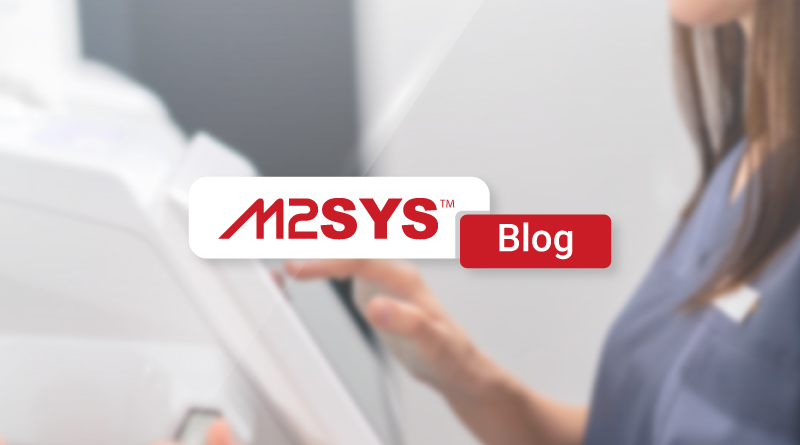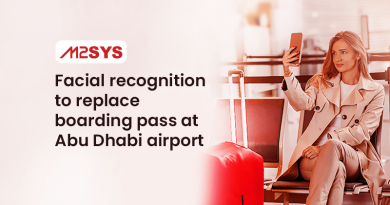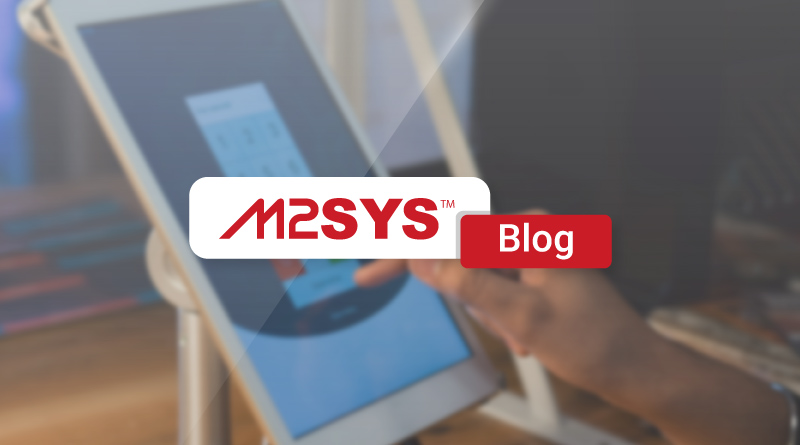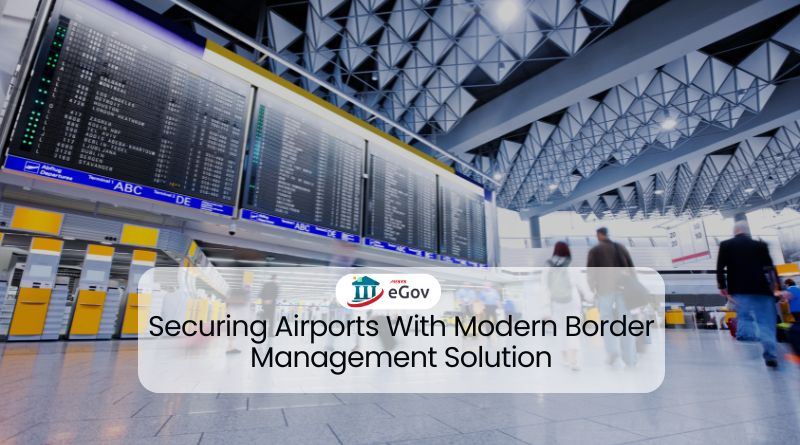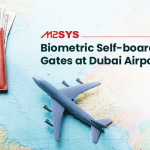AI-Powered Role-Based Watchlist Management for Border Security
AI-powered role-based watchlist management systems revolutionize border security by automating risk detection and ensuring data confidentiality. These systems enhance operational efficiency, reduce human error, and comply with data protection regulations, providing a strategic edge in managing high-risk individuals and safeguarding national security.
TL;DR
- AI-powered watchlist management revolutionizes border security by automating risk detection and enhancing data security.
- Traditional methods are prone to errors; AI systems reduce human blind spots and improve operational efficiency.
- Role-based access control ensures sensitive data is secure, reducing insider threats and ensuring compliance with regulations.
- Real-time risk identification allows for swift decision-making, reducing false positives and negatives.
- M2SYS eGov offers a no-code solution for seamless integration with existing systems, minimizing operational disruptions.
- Country-specific customization ensures compliance with local laws, fostering international cooperation.
- AI-driven systems are essential for staying ahead of evolving threats and enhancing national security.
Discover how M2SYS can enhance your border security operations. Contact us today to learn more about our AI-powered solutions.
Envision a future where every border crossing is managed with unparalleled precision and security. In the dynamic realm of border security, state and federal agencies encounter significant challenges in managing high-risk individuals to protect national security. As threats grow more sophisticated and varied, utilizing AI-driven watchlist management systems alongside role-based user access control offers a strategic edge. These technologies automate real-time risk detection while ensuring sensitive data remains secure and compartmentalized, which is vital for maintaining the integrity of border operations.
Border security agencies bear the immense responsibility of monitoring and managing a vast number of travelers daily. Traditional watchlist management methods, often reliant on manual processes, are not only time-consuming but also susceptible to human error. Mistakes in this context can lead to potential security breaches, as critical anomalies may go unnoticed. AI-powered watchlist management systems, like those from M2SYS eGov, are designed to tackle these challenges by automating the analysis of traveler data to detect anomalies indicative of criminal or terrorist activities. By eliminating human blind spots, these systems enhance the effectiveness of watchlists, allowing border agents to focus on high-priority tasks instead of being overwhelmed by manual processes.
Security and confidentiality are crucial in border operations. The integration of role-based user access control ensures that sensitive watchlist information is accessible only to authorized personnel. This reduces the risk of insider threats and data breaches, which are significant concerns in any security operation. By customizing access based on clearance levels and operational roles, agencies can maintain situational awareness without compromising data security. This approach not only boosts operational efficiency but also ensures compliance with national and international data protection regulations.
The implementation of AI in watchlist management offers several distinct advantages. A major benefit is real-time risk identification. AI algorithms continuously analyze large volumes of data to identify potential threats in real time, providing border agents with instant risk assessments and enabling swift decision-making. Additionally, by automating routine processes, AI systems significantly reduce the workload on border agents, allowing them to concentrate on more critical tasks. AI-powered systems also improve accuracy in identifying threats, reducing the likelihood of false positives and negatives that can impede border operations.
However, while the benefits of AI-powered watchlist management are evident, implementing these systems is not without challenges. Agencies must address issues such as integration with existing systems. Seamless integration with current government software solutions is crucial to avoid operational disruptions. The M2SYS eGov platform addresses this by offering a no-code solution that allows for rapid configuration and deployment, ensuring that new technologies can be adopted without extensive downtime or overhauling existing systems.
Compliance with local regulations is another challenge. With country-specific customization options, the M2SYS solution ensures compliance with local laws and procedures, which is vital for maintaining international cooperation and transparency. Facilitating collaboration among various agencies involved in border operations is also essential for a unified approach to national security. AI systems encourage transparency and cooperation, leading to more effective threat prevention.
As threats continue to evolve, the urgency of adopting AI-driven role-based watchlist systems cannot be overstated. Government decision-makers must recognize the necessity of these technologies to stay ahead of potential threats. Implementing AI watchlist management for border security not only enhances the national security posture but also ensures precision and accountability in operations.
In conclusion, AI-powered role-based watchlist management systems represent a transformative approach to border security. By automating risk identification and ensuring data confidentiality through role-based access, these systems provide agencies with the tools needed to efficiently manage high-risk individuals. The M2SYS eGov platform exemplifies how intelligent automation can enhance border security, offering a turnkey, secure, and auditable solution for professionals seeking robust border management technologies.
With over two decades of experience in collaborating with government entities worldwide, including in the United States, M2SYS has established itself as a trusted partner in eGovernance. As agencies strive to enhance their security measures, the integration of AI-powered watchlist management and role-based user access control stands out as an essential strategy for achieving operational efficiency and safeguarding national security.
How to Implement AI-Driven Watchlist Management Systems
Step 1: Understand the Current Border Security Challenges
Begin by evaluating the traditional methods and recognize the inefficiencies they present, such as manual processes and potential human error.
Step 2: Choose the Right AI-Driven Solution
Consider selecting a comprehensive solution like the M2SYS Border Control Solution that offers AI intelligence and role-based access control.
Step 3: Ensure Seamless Integration
Implement a solution that integrates smoothly with existing systems to minimize disruptions. The use of a no-code platform can simplify this process, allowing for rapid adoption without extensive downtime.
Step 4: Customize to Meet Local Compliance
Utilize the solution's country-specific customization features to ensure adherence to local regulations and maintain transparency and cooperation among international agencies.
Step 5: Train Border Agents
Provide thorough training for agents to effectively use new technologies, emphasizing the advantages of AI in enhancing situational awareness and operational efficiency.
Step 6: Monitor and Evaluate Effectiveness
Continuously monitor and assess the performance of AI systems to ensure improved detection and management of high-risk individuals while maintaining data security. For further details on integrating AI solutions into government processes, explore our article on boosting government efficiency with AI.
Frequently Asked Questions
What are the benefits of AI-driven watchlist management systems in border security?
AI-driven watchlist management systems provide several advantages, including real-time risk detection, accuracy in identifying threats, and automation of routine tasks which reduces manual workload. This leads to enhanced security and efficiency in border operations. For more detailed insights, check out our article on AI-driven watchlist management.
How does role-based user access control enhance border security?
Role-based user access control enhances security by ensuring that sensitive information is only accessible to authorized personnel. This minimizes the risks of insider threats and data breaches while maintaining data confidentiality. Learn more about the benefits of robust security systems by exploring our M2SYS Border Control Solution.
What challenges do agencies face when implementing AI in border security?
Agencies face challenges like system integration and compliance with local regulations. Successful integration requires compatibility with existing systems to ensure seamless operations. M2SYS provides solutions like a no-code platform to facilitate easy deployment. Discover more in our comprehensive border control solution.
How does the M2SYS platform ensure compliance with local regulations?
The M2SYS platform offers country-specific customization to meet local laws and procedures, ensuring legal compliance while maintaining effective border security. This customization is crucial for international cooperation and transparency.
Can AI systems reduce the workload of border agents?
Yes, AI systems automate routine processes, significantly reducing the workload on border agents and enabling them to focus on higher-priority tasks. This increases operational efficiency and allows agents to respond quickly to potential threats.

